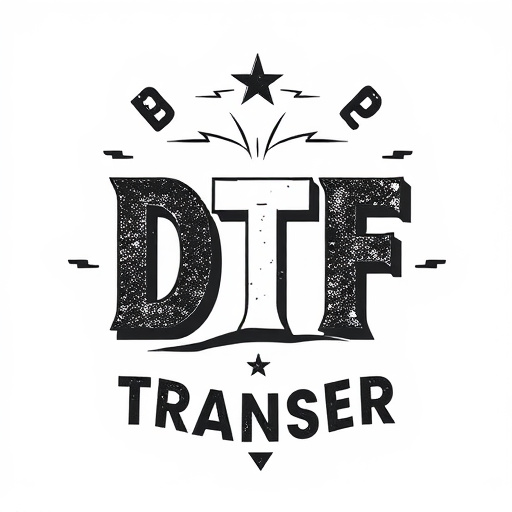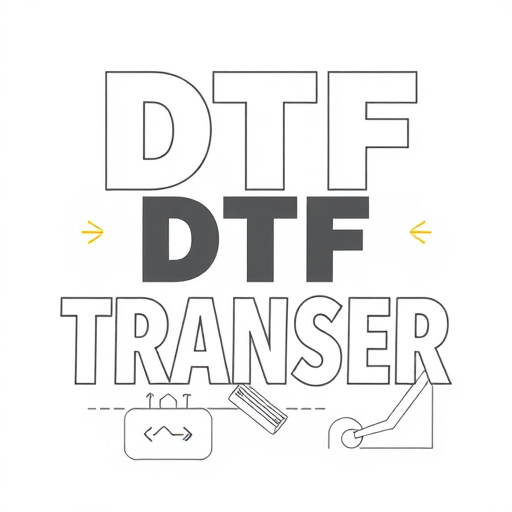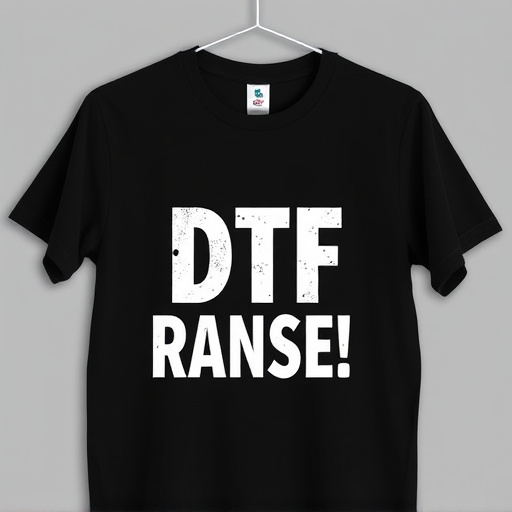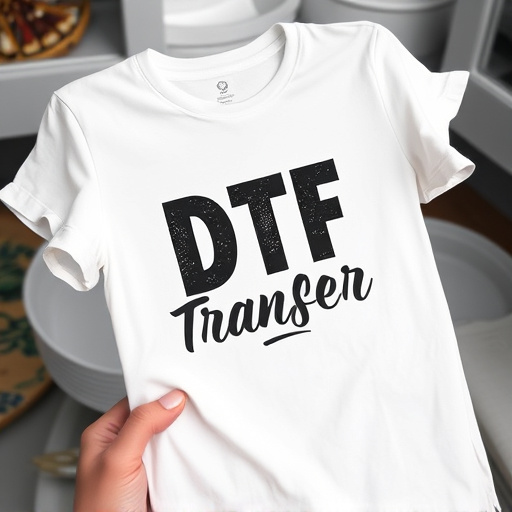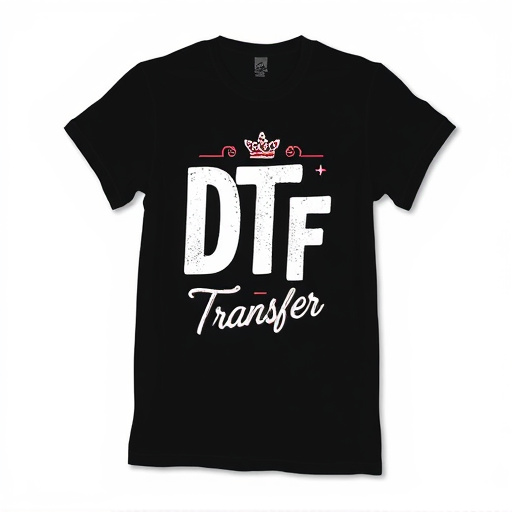Direct-to-Film (DTF) transfers offer high-quality image creation on various film surfaces. Achieving strong adhesion requires a balance of material compatibility, surface preparation, and environmental conditions. Optimal temperatures (60-80°F/15-27°C) and moderate humidity levels enhance bonding. Proper cleaning, priming, and adhesive selection are crucial to prevent issues like film peeling or reduced image longevity. Industry standards suggest waiting 24-96 hours for cure times, with varying durations based on applications, such as automotive (24-48 hours) or signage (16-72 hours). Understanding these factors is key to successful DTF projects.
Direct-to-film (DTF) transfers have revolutionized the way we apply graphics to various surfaces, offering a fast and efficient method. However, ensuring proper adhesion is crucial for long-lasting results. This article explores the science behind DTF adhesion, delving into the factors that influence the duration needed for optimal bonding. From understanding the process to identifying challenges and industry standards, we provide insights for professionals seeking to master this technology, ensuring their DTF transfers withstand the test of time.
- Understanding Direct-to-Film Transfers (DTF) and Their Adhesion Process
- Factors Influencing Adhesion Time: A Comprehensive Overview
- Optimal Conditions for DTF Adhesion: Temperature and Humidity
- Common Challenges in Achieving Strong Adhesion and How to Overcome Them
- Industry Standards and Best Practices for DTF Transfer Durations
- Case Studies: Real-World Applications and Their Adhesion Time Requirements
Understanding Direct-to-Film Transfers (DTF) and Their Adhesion Process
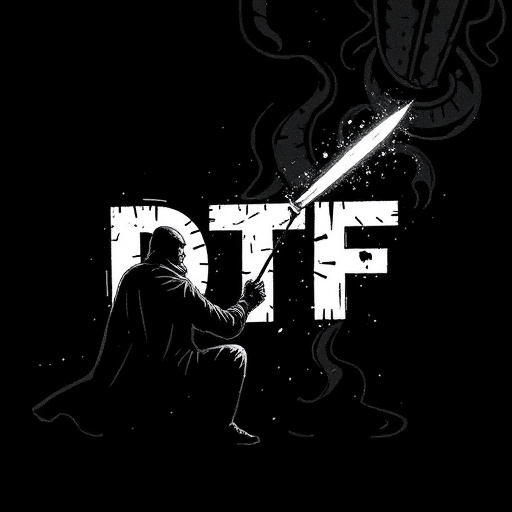
Direct-to-Film Transfers (DTF) are a cutting-edge method in graphic design and printing, offering an innovative way to create high-quality images directly on various film surfaces. This process involves applying a special coating or ink onto the desired substrate, which then undergoes exposure to light, typically UV or laser, to cure and form the final image. The unique aspect of DTF lies in its adhesion properties, ensuring the transferred image adheres firmly to the film’s surface.
Adhesion in DTF is a critical factor that determines the longevity and durability of the finished product. After the transfer, the image needs time to properly bond with the film. This process involves molecular interactions between the ink or coating and the substrate material, creating a strong bond. The duration required for optimal adhesion varies based on several factors, including the type of film used, the specific adhesive properties of the ink or coating, and environmental conditions during curing. Understanding these variables is key to ensuring the success of DTF projects, from artistic expressions to industrial applications.
Factors Influencing Adhesion Time: A Comprehensive Overview
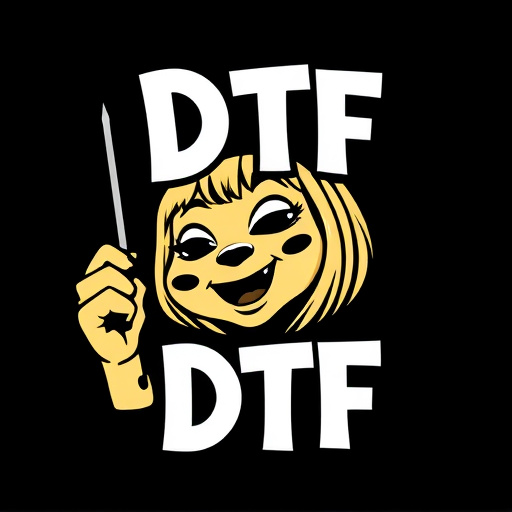
The duration for optimal adhesion in direct-to-film (DTF) transfers is influenced by several intricate factors, each playing a pivotal role in ensuring long-lasting results. Material compatibility is a key aspect; the inherent properties of both the film and the substrate must be considered to facilitate strong bonding. For instance, using a DTF film designed for specific substrates like vinyl or polycarbonate will enhance adhesion significantly.
Furthermore, preparation techniques such as cleaning, priming, and surface treatment are critical. Proper cleaning ensures no residual contaminants interfere with adhesion, while priming creates a rougher surface, increasing the effective contact area. Additionally, environmental conditions, including temperature and humidity, can affect curing time. Optimal conditions accelerate the process, resulting in faster drying and stronger bonds, whereas less-than-ideal conditions may prolong the required duration for satisfactory adhesion.
Optimal Conditions for DTF Adhesion: Temperature and Humidity

The optimal conditions for Direct-to-Film (DTF) transfers play a pivotal role in achieving strong and lasting adhesion. Temperature is a key factor; most DTF materials recommend application at temperatures between 60-80°F (15-27°C). This ensures that the adhesive properties are activated, allowing the film to securely bond with the substrate. Humidity levels should also be considered; moderate humidity aids in the bonding process, as it helps to create a moist environment necessary for effective adhesion.
While specific conditions can vary slightly between different DTF products, maintaining these general parameters guarantees the best results. Excessive heat or cold can compromise the integrity of the transfer and potentially cause the film to peel over time. Similarly, too much or too little humidity may hinder the adhesive’s ability to form a strong bond, leading to reduced longevity of the transferred image.
Common Challenges in Achieving Strong Adhesion and How to Overcome Them

Direct-to-film (DTF) transfers often face common challenges in achieving strong adhesion, which can impact the longevity and quality of the final product. One major hurdle is ensuring proper surface preparation. Dirty, greasy, or rough surfaces can hinder adhesive bonding, leading to weak points in the transfer. To overcome this, thorough cleaning and degreasing are essential steps before applying any DTF material. Using appropriate solvents and scrubbing techniques can help create a clean, smooth canvas for optimal adhesion.
Another challenge is choosing the right adhesive for the specific application. Different substrates and materials require unique bonding agents to establish strong connections. For instance, porous surfaces may demand a more aggressive adhesive than non-porous ones. Proper selection and application of adhesives tailored to DTF transfers can significantly enhance overall adhesion strength, ensuring the transferred image remains vibrant and secure over time.
Industry Standards and Best Practices for DTF Transfer Durations
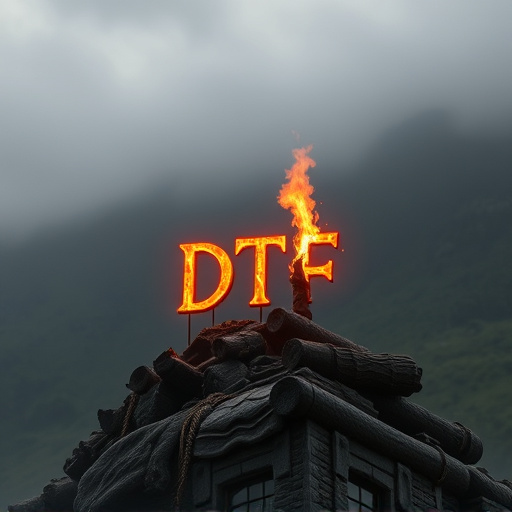
In the realm of direct-to-film (DTF) transfers, understanding and adhering to industry standards is paramount for ensuring optimal results. The duration required for proper adhesion varies based on several factors, including the specific materials used, surface preparation, and environmental conditions. As a general guideline, most professionals recommend allowing the transfer film to set for at least 24 hours before applying heat or pressure. This initial cure period enables the adhesive to achieve maximum bonding strength with the substrate.
Best practices dictate that prolonged exposure—often ranging from 72 to 96 hours—may be necessary for certain high-performance DTF materials, especially those designed for demanding applications like automotive or marine environments. During this time, the adhesives undergo a chemical reaction, hardening and creating a robust bond between the transfer and the base material. Proper storage conditions, including temperature and humidity control, should be maintained to ensure consistent results across batches and projects.
Case Studies: Real-World Applications and Their Adhesion Time Requirements

Direct-to-film (DTF) transfers have found their way into various industries, from automotive to signage and beyond. Case studies offer valuable insights into the real-world applications of DTF technology and the duration required for proper adhesion. For instance, in the automotive sector, DTF is used for vehicle graphics, wraps, and even interior components. Adhesion times here can vary significantly based on factors like surface preparation, temperature, and humidity. A study by a leading automotive supplier revealed that optimal adhesion for DTF wraps on vehicles typically requires 24-48 hours of cure time at ambient conditions, ensuring long-lasting durability under various weather conditions.
In the realm of signage, where DTF is employed for durable outdoor advertising, adherence to strict installation timelines is crucial. Industry experts suggest that for large-format printing, including DTF transfers, a minimum of 16-24 hours is recommended for initial adhesion, with some specialized applications even requiring up to 72 hours for complete curing, thus ensuring the longevity and vibrancy of the printed images. These real-world scenarios highlight the importance of understanding adhesion times for DTF, enabling professionals to make informed decisions for successful project outcomes.


